By Michael J. Brooks
Correspondent, The Alabama Baptist
George Bullard, associational missionary/director of missions for the Columbia-Metro Baptist Association in South Carolina, believes churches must move from success to surrender as they determine what God wants their congregations to do.
“We must walk by faith, not by sight, as the Bible commands,” he said. “I call churches who do so ‘faithsoaring’ churches.”
Bullard was guest lecturer for the James A. Auchmuty Lecture Series at Samford University on Oct. 9. The event was hosted by Samford’s Center for Congregational Resources. Director Michael Wilson explained that the lectureship, established in 2005, has focused on chapel events in the past, but this year’s offering focused on a topic and a day-long training seminar based on Bullard’s 40 years of study and research.
Bullard said Leviticus 25 taught Israel to practice the sabbatical every seven years and the Year of Jubilee after seven sabbatical cycles.
“This is my working theory,” he said. “A church grows in strength and maturity for a time and can ‘fall off the ledge’ in five to seven years when vision grows dim. Many churches seek to institute additional programming to revitalize ministry, but I’m convinced we need to take a sabbatical for prayer and reflection and re-dream our vision. Program must follow vision.”
To illustrate the importance of vision, Bullard used the analogy of an SUV.
“Vision needs to be the driver, and relationships need to be the navigator,” he said.
“Management and programming should be in the back seat. Sometimes vision needs to take a break and move to the back seat, then management or programming take the wheel and believe this is where they were born to be!”
Bullard believes it’s unhealthy for vision to be asleep in the back seat.
“Proverbs 29:18 can be translated, ‘where there is no vision, the people drive around in circles,’ ” he said.
“We often think if we can just add programs and shame people into staffing them, we’ll be OK. But some of our programs need to be discontinued if there’s no purpose or if they’re not meeting needs in the community. We should elevate people over programs.”
Bullard shared a chart based on his understanding of the life cycle of congregational development. The chart begins with birth and infancy, and moves to adolescence, adulthood and what he called the plateau, or “prime” position.
“After this kind of prime position, the church can enter the mature state, and then the empty nest, old age and death phases,” he said
Bullard explained the empty nest phase as a time of aging for the church, just as people age and send their children out into the world.
“There can be nostalgia, or the ‘do you remember when?’ questions,” he said. “Then there can be disappointment that things aren’t what they used to be and finally anger. People can’t get their hands on God when they’re angry, so often they get their hands on the pastor instead.”
Bullard said some churches resist change, seeing it as a bad word, but he insisted the phrase “how things used to be” is worse.
“Sometimes the church’s favorite verse is Hebrews 13:8 about Jesus being the ‘same yesterday, today and forever,’ ” he said with a laugh. “But we must always be going forward and thinking about tomorrow. The only way to do this is to seek a new dream of how God wants to lead us in the future.”
Bullard believes that congregations need not have the majority of members on board for re-dreaming the vision. His research shows that about 21 percent of the congregation can move the institution forward.
“The pastoral leadership, the people in leadership positions and what I call ‘the people of passion’ comprise this 21 percent,” he said. “They’re key to helping the church re-dream and relaunch as needed.”
Bullard encourages churches to take a “spiritual strategic journey” as they commit to this process. He said his advice is that church leaders gather in triplets and commit to prayer for 100 days.
“Things happened when people pray,” he said. “The relationship aspect is enhanced, of course, especially when homebound members are included in the triplets. And I believe God will lead his people to discover the new challenges they need to follow in order to be obedient.”
Bullard also counsels churches who go through the re-dreaming process to “adopt” other congregations and help them do the same.
“[The late] John Bisagno of First Baptist Houston heard our research and committed to help revitalize 100 struggling churches in his city before he retired,” Bullard said. “This is proper stewardship of resources since God uses all kinds of churches, large and small, to do his work.”
Bullard’s book “FaithSoaring Churches” is available from Lucas Park Books, St. Louis. He has a blog site at columbiametro.org. Wilson can be reached at 205-726-4064 or by email at mkwilson@samford.edu.

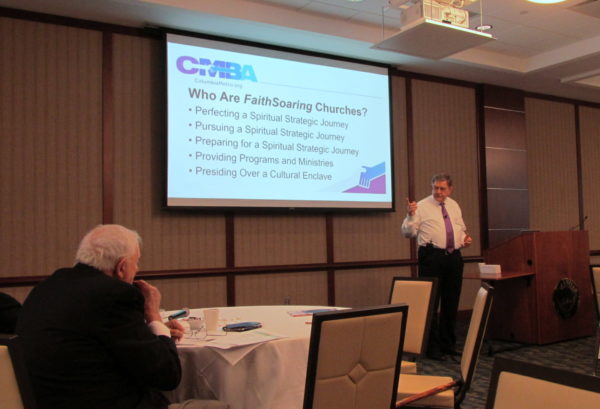
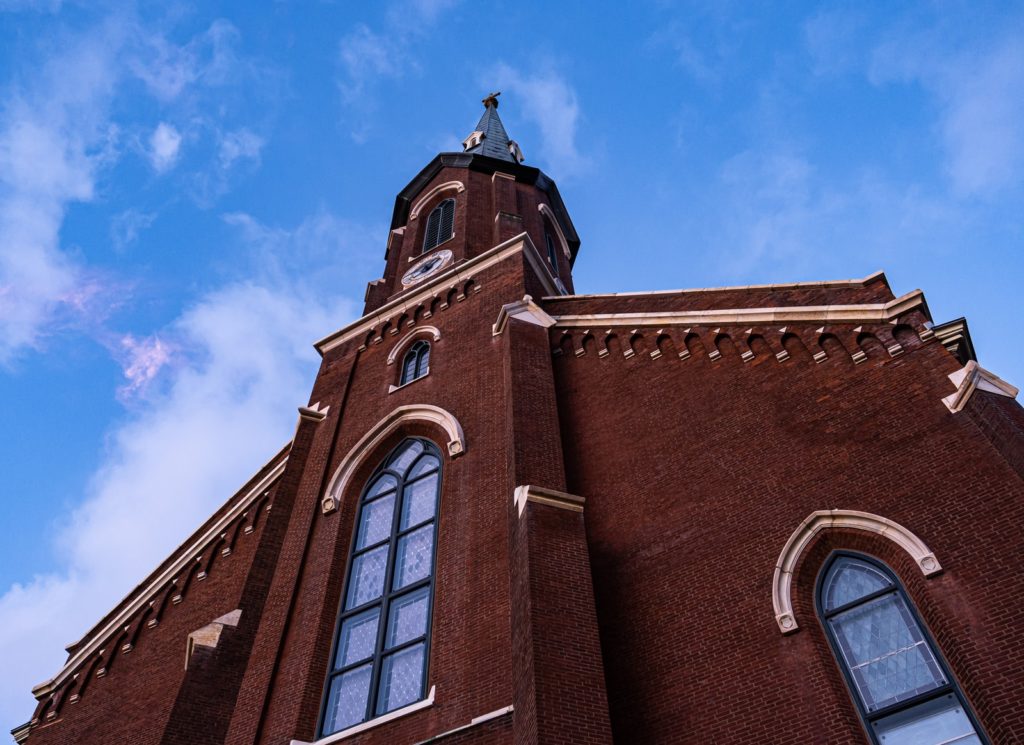
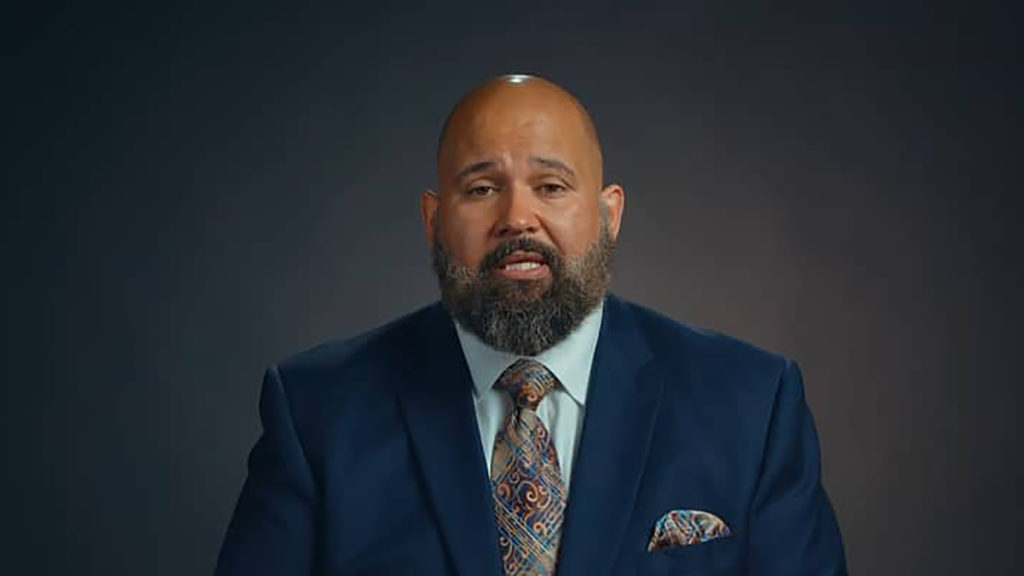
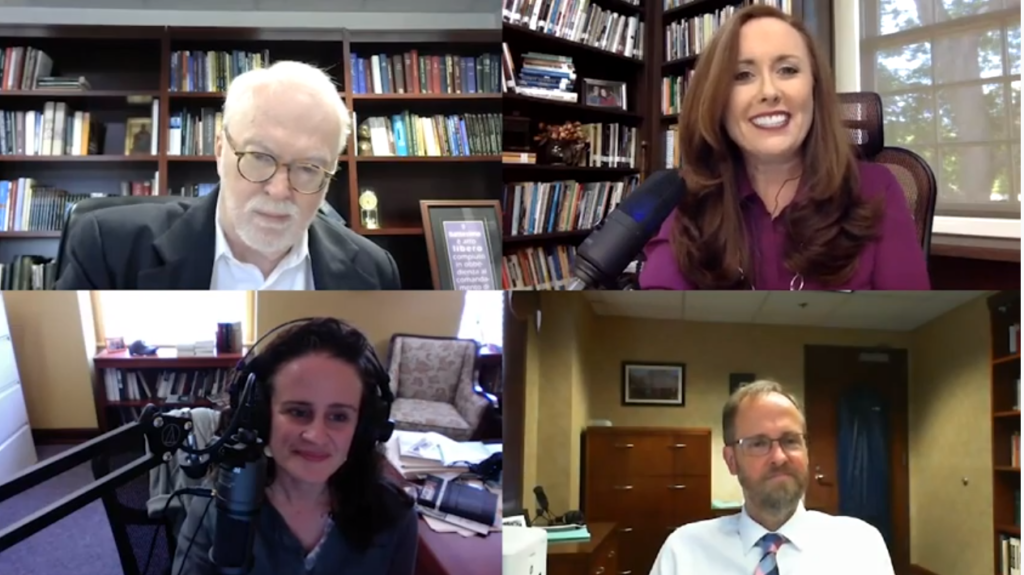
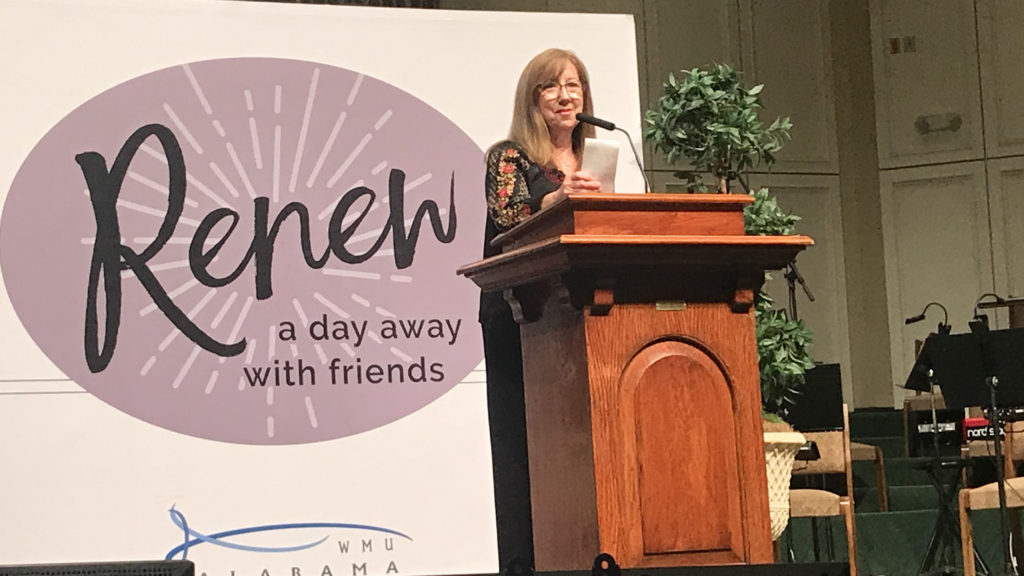
Share with others: